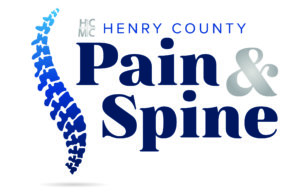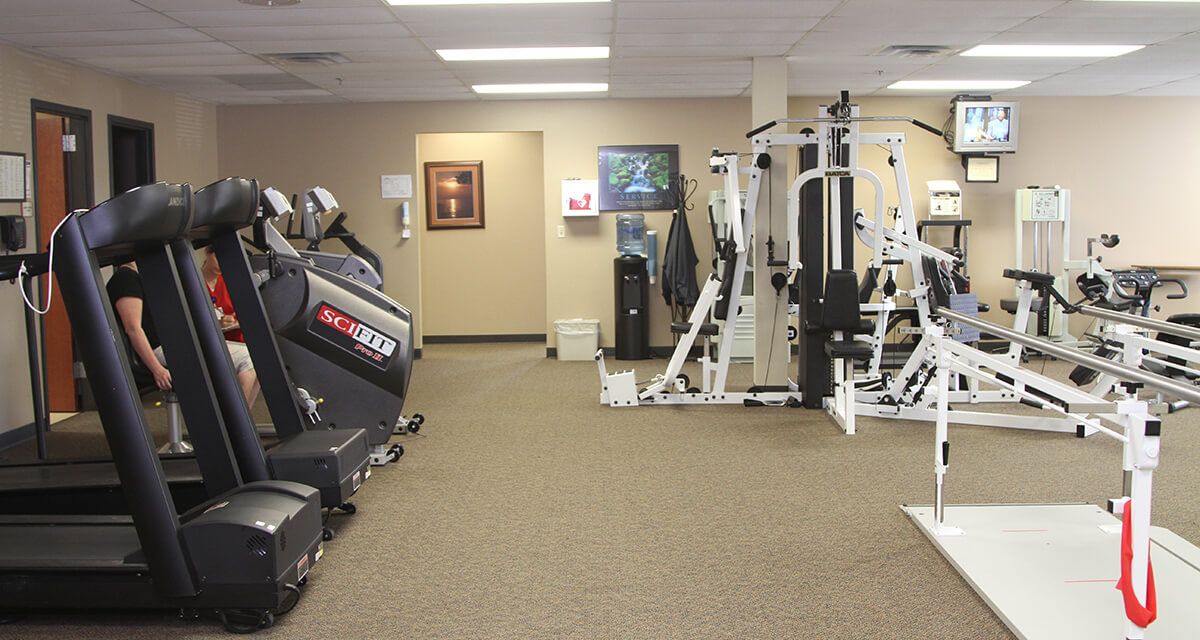Center for Wellness and Rehabilitation FAQ’s
The Center for Wellness and Rehabilitation understands that you may have questions on what to expect when it comes to inpatient and outpatient physical therapy.
Here is a list of some of the most frequently asked questions at the Center for Wellness and Rehabilitation:
What happens during my first visit?
Please arrive 15 minutes prior to your appointment time to allow for the initial paperwork, including your medical history form (this can be filled out prior to the day of initial visit which can be downloaded by clicking here or you can pick up a form from the front desk of the Center for Wellness and Rehabilitation).
A Physical Therapist will perform your initial evaluation, which will include, but is not limited to the following:
- Your medical history including medications and allergies
- Your current problem(s)
- Pain levels and areas affected
- Functional limitations
- Objective testing for strength, ROM, function, etc.
- Goal setting for your plan of care
What do I need to bring with me?
Please bring your physical therapy referral/prescription and your insurance cards.
You may also want to bring with you any surgery reports or diagnostic test results (such as x-ray/MRI) if they are available to you.
If you are covered by Worker’s Compensation, bring your case number and case managers information.
If you are covered by auto insurance or an attorney’s lien, bring that information with you.
What should I wear?
Wear loose fitting comfortable clothing that allows the area that is to be treated to be exposed. Examples include shorts for a knee problem/injury, a tank top for a shoulder problem/injury and a loose fitting pants and shirt for a lower back problem/injury.
How long will each treatment last?
Most treatment sessions last anywhere from 30 to 60 minutes.
How many visits will I need?
This will vary from patient to patient. You may be seen for only 1 or 2 visits to meet your goals or you may need to be seen for several months depending on your diagnosis and medical history.
This will be estimated at your initial visit and will be re-assessed at regular intervals to monitor your progress.
Why is physical therapy a good option?
Physical Therapists are trained experts in assessing and treating movement, musculoskeletal and neurological disorders.
Pain often accompanies these disorders and can often be relieved with correction of the disorder or strengthening of the affected area.
Physical therapy is non-invasive.
Why are people referred to physical therapy?
Common reasons include: pain, movement restrictions, functional limitations or loss of strength.
Who will provide my physical therapy treatments?
You will be seen by a licensed Physical Therapist who will set and/or change your plan of care as needed.
You may also be seen by a licensed Physical Therapy Assistant who will carry out your plan of care as it was specifically designed by your Physical Therapist.
What do physical therapists do?
Physical Therapist are experts in movement and function. They work with helping patients who have orthopedic problems such as birth defects, congenital abnormalities, low back, knee, wrist, ankle or shoulder problems. Additionally, they work with patients who have had a brain injury, spinal cord injury, stroke or change in cardiovascular health.
Physical Therapists work closely with athletes at all levels and ages to screen for and treat injuries associated with their sport.
In addition to “hands on” treatment, physical therapist also educate patients how to limit future problems with their diagnosis and train them how to perform exercises without supervision to further assist with achieving rehabilitation goals.
Is physical therapy painful?
The goal of Physical Therapy is not to cause pain. In fact, for many patients and diagnoses, the main goal of physical therapy is pain relief.
In the course of treatment, pain may be involved. For example, regaining range of motion after a total joint replacement is almost always a painful process with the end goal being to achieve a normal or functioning range of motion that ultimately decreases pain associated with activity.
Your Physical Therapist will utilize a variety of techniques to make your treatment as comfortable as possible to maximize your achievement of treatment goals.
What types of treatments will I receive?
Your treatment plan is specifically designed for you based on your needs. Many options are available depending on expected outcomes and patient’s tolerance to activity.
Below is a list of treatment options that may be used in your plan of care:
- Active Range of Motion
- Active Assisted Range of Motion
- Passive Range of Motion
- Stationary Bicycle
- Gait Training
- Strengthening
- Soft Tissue Mobilizations
- Joint Mobilizations
- Neuromuscular Reeducation
- Postural Training
- Stretching
- Cold Therapy
- Heat Therapy
- Electrical Stimulation
- Neck Traction
- Iontophoresis
- Pelvic Traction
- Ultrasound
- Vasocompression
- Anodyne Therapy
- Massage
What will I have to do after I am discharged from Physical Therapy?
Some patients will need to continue with a home exercise program to maintain their progress.
Some may resume normal daily activities. It is very important to set realistic and achievable goals with your Physical Therapist.
Who pays for the treatment?
In most cases, your health insurance will cover your treatment. If you question whether or not your insurance covers physical therapy services, you can call your insurance company or contact us.
Additionally, the Center for Wellness and Rehabilitation offers a free total joint replacement class weekly for those patients who are either considering or scheduled for surgery. This class explains what to expect while in the hospital and afterwards. See our classes and events page for additional information on these classes.










